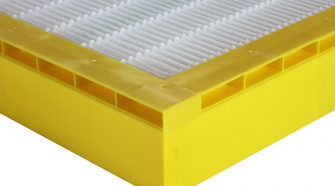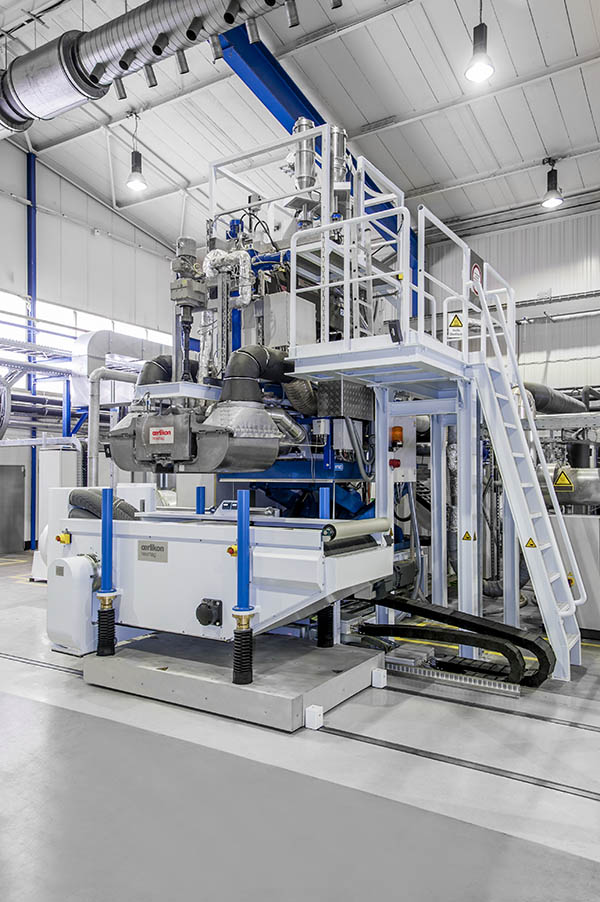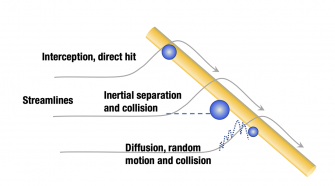HVAC / HEPA / ULPA

Simplify your HVAC investment with a total cost of ownership analysis
Deciding which HVAC filtration solution is the best choice requires a comprehensive understanding of your system needs and the costs associated with HVAC filtration. Simplifying the decision-making process is an …
Fundamentals for cleaner and healthier air
A World Bank study maintains that air pollution costs the world trillions of dollars a year and contributes to the premature death of millions of people a year around the …


Efficient, flexible and economical – meltblown technology for high-performance filtration
Almost 500,000 tons of nonwovens are currently used annually in the production of filters, which corresponds to approximately 10% of current worldwide industrial nonwovens manufactured. Here, the filter market is split into two areas: air and liquid filtration. While in excess of 170,000 tons of nonwovens were manufactured for gas/air filters in 2015, the volume for liquid filters was almost double at around 295,000 tons.
Depending on the specific application, the demands on filters are extremely high. To this end, high-efficiency particulate air filters for clean rooms must, for example, filter < 1µm particles from the air with virtually 100% efficiency. Filters must achieve their separation performance with the lowest possible pressure drop – in other words, filter resistance. Pressure drop is one of the most important quality features of filters: the lower the pressure drop, the more energy efficient the filter of the corresponding filter class is. A good example is vacuum cleaner filters. The class in the case of vacuum cleaners depends on the energy consumption, which is also influenced by the vacuum cleaner filter. If the filter is too dense, the vacuum cleaner draws more electricity and the energy consumption increases.


ISO 29463 — a global standard for HEPA and ULPA filters
HEPA and ULPA filters have been in use around the world for many years. The first HEPA filter was developed in the late 1940s. The original procedures to test these filters were also developed around the same time. Although these original test procedures are still practiced in the U.S.

